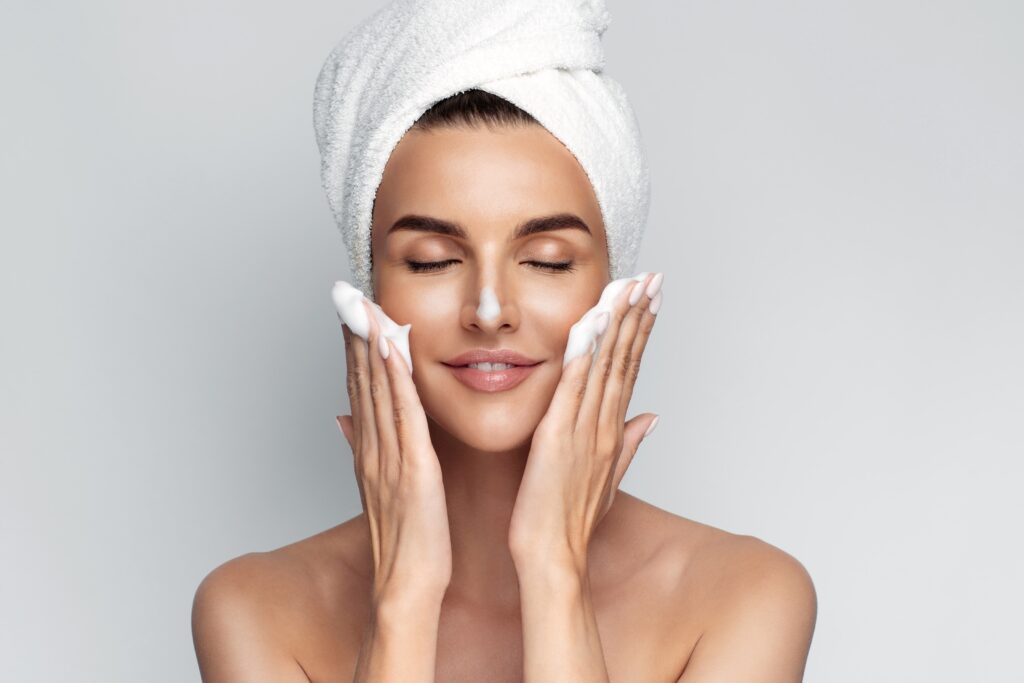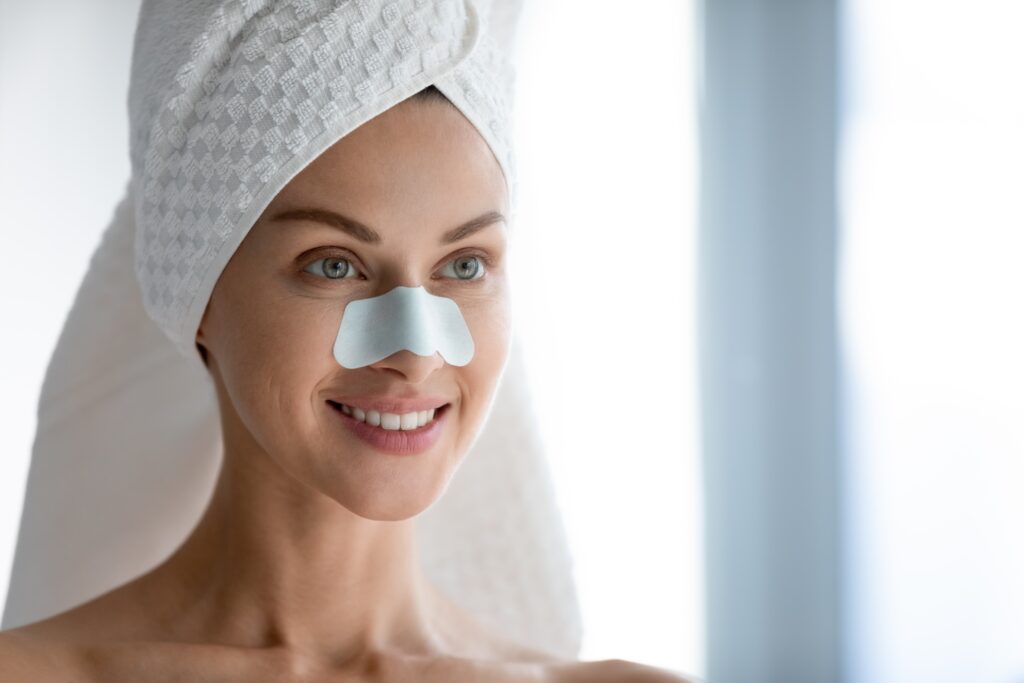Blackheads are the worst because, like cockroaches, every time you pull one out, you find loads more to deal with. Even though the momentary satisfaction of the squeeze may be pleasing, the annoyance of blackheads may get to anyone. They never stop. Backing up. We sought advice from renowned specialists to learn how to permanently remove blackheads.
What exactly are blackheads?
Blackheads are simply a mixture of oil and dead skin cells that have oxidized while being trapped in pores; they turn black when exposed to air.
One must employ solutions that dislodge the oil clog that developed inside the pore to treat them. Preventative measures can aid in preventing blackheads when they dislodge the oil plug.
Treatments for Blackheads

1. Cleanse daily
Every day, it’s crucial to get rid of extra oil, grime, and other elements that might build up, clog pores, and perhaps cause blackheads. It’s ideal to cleanse twice a day, once in the morning and once in the evening. After working out or perspiring during the day, you might wish to cleanse your face once again.
Nevertheless, avoid over-cleaning. This may dry out your skin and increase the buildup of sebum and dead skin cells in your pores.
2. Apply blackhead-clearing topicals
The oil clog that produces blackheads may be moved with the help of topical treatments. These do take effort to concentrate, and it can take many weeks of everyday application before the obstruction dissolves and the blackhead’s appearance is lessened. Another option is to apply benzoyl peroxide topically, which can reduce germs and promote peeling.

3. Facial scrubs
The oil clog that produces blackheads may be moved with the help of topical treatments. These do take time to work, and it can take many weeks of everyday application before the obstruction dissolves and the blackhead’s appearance is lessened. Another option is to apply benzoyl peroxide topically, which can reduce germs and promote peeling.
4. Do Dry Brushing to cleanse and exfoliate
A natural technique to get rid of dead skin cells that would otherwise clog pores is by dry brushing the skin. Use an extra-long loofah with handles, an exfoliating back band, or a natural-bristle brush with a long stick to reach the back. The face should be brushed with a softer brush than the body. Although they are not designed specifically to cure acne, electronic brushes are also accessible to the skin.
5. Use sun protection
People frequently mistakenly believe that sun exposure will make their acne issues better. Acne may become darker and linger longer as a result. The susceptibility to ultraviolet (UV) rays from the sun and tanning beds can also be increased by some acne treatments. Sunlight defense for the skin can be provided by using an oil-free sunscreen.

Tips to prevent blackheads
- Continue the mentioned measures once the blackheads have disappeared to keep the issue at bay. Additional precautions to consider:
- On skin prone to blackheads, stay away from moisturizers that are excessively emollient or greasy.
- Because most of the components that give lotions and creams their high viscosity might clog pores, try to stick to gel, light fluid lotion, or liquid products for skin care.
- Add more to it by absorbing extra oil.
- An oil-reducing blackhead product or a non-irritating, absorbent blackhead removal mask can help people with oily skin and clogged pores. These will increase your chances of avoiding blackheads.
Myths related to Blackheads
- The first is the misconception that those with dry skin don’t develop blackheads. Blackheads can still appear on dry skin, especially on the nose. The nose has more oil glands compared to any other area of the face, and too much oil is a major factor in the development of blackheads.
- Second, it’s a common fallacy that poor cleanliness is the root of blackheads. The source of the problem is far deeper than that, and depending on your skin type, blackheads may just be a genetic predisposition.
Blackhead removal can be difficult sometimes, but it is achievable. The best outcomes are probably the result of careful planning and product testing.

